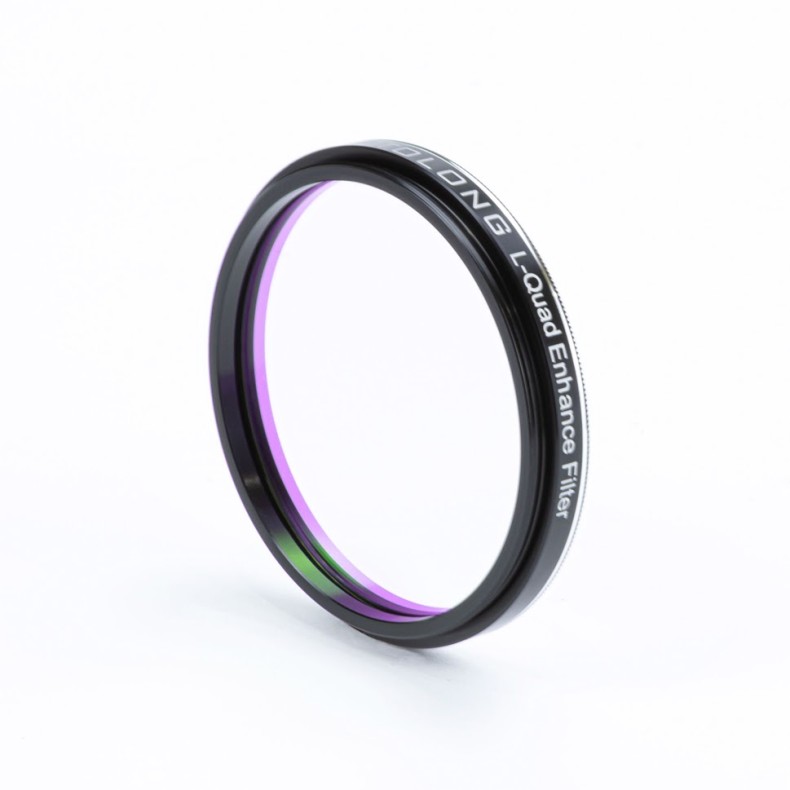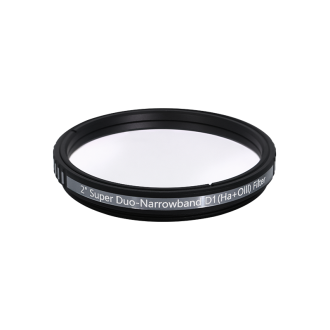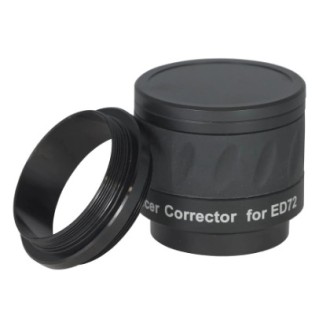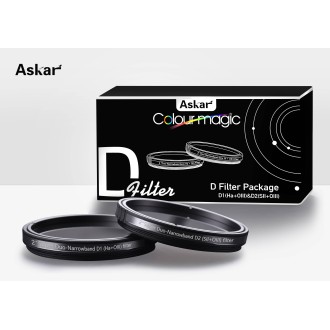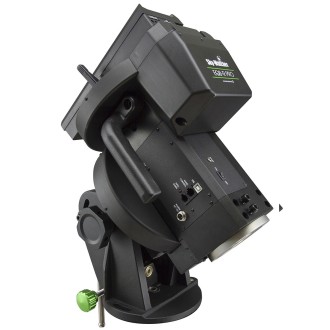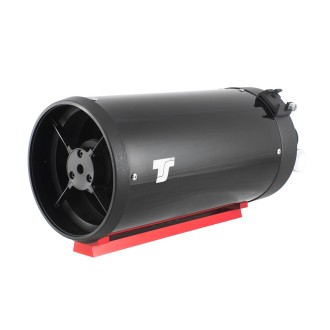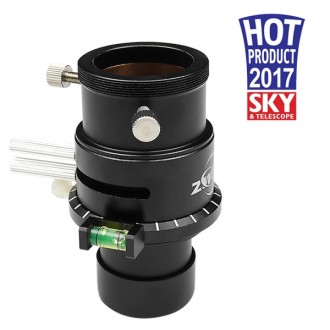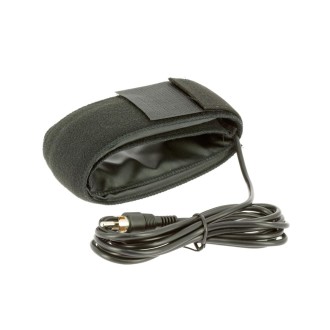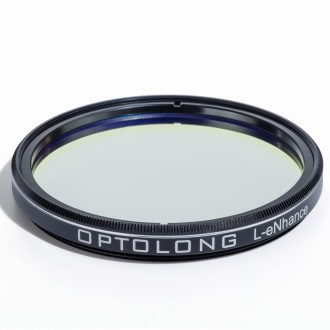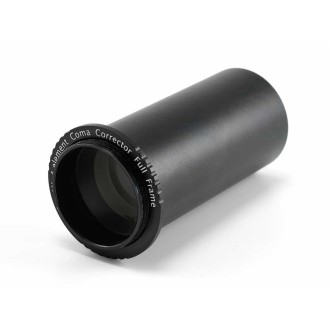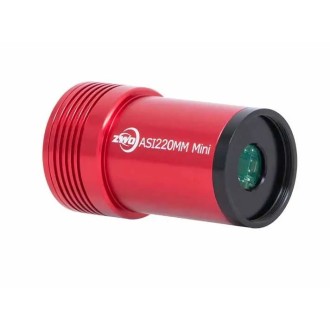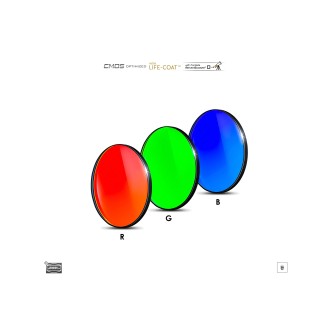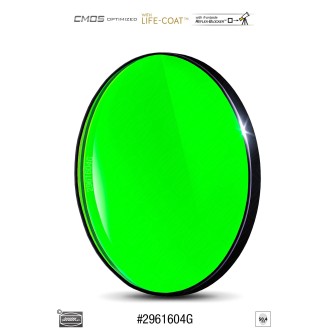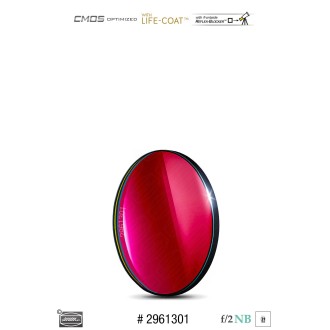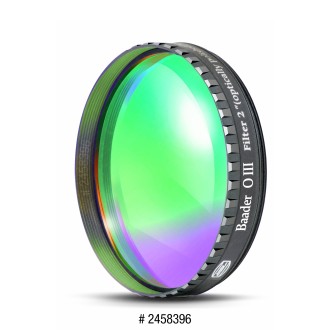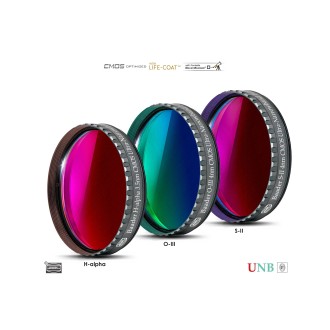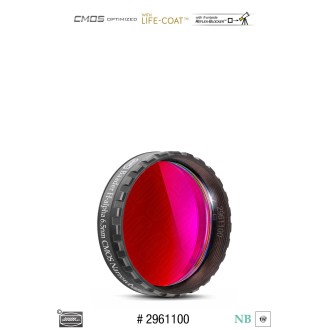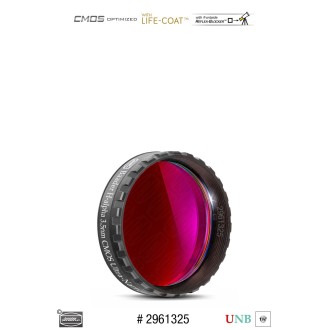
Filter Optolong L-Quad Enhance (L-QEF) 2"
L-QEF suppresses light pollution from mercury and sodium lamps and produces a beautiful broadband image with minimal color cast. This filter is a broadband filter that suppresses wavelengths of light pollution. It is good for star clusters, dark and reflection nebulae, and galaxies in light polluted skies.
| Carrier | Description | Estimated Delivery | ||
|---|---|---|---|---|
 |
Home delivery - International | Home delivery - International |
Wednesday, 14 May - Wednesday, 21 May |
|

Home delivery - International
Home delivery - International
Estimated delivery:
Wednesday, 14 May - Wednesday, 21 May
Optolong L-QEF, a quad-band filter
1. L-Quad Enhance Filter (L-QEF)
The L-Quad Enhance Filter (L-QEF) is a quad bandpass light pollution suppression filter for color cameras. It effectively suppresses the transmission of light pollution wavelengths, especially those generated by artificial lighting (including mercury and sodium lamps), as well as the effects of natural light induced by skylights in the shot, thus effectively enhancing the contrast and details of celestial bodies, and making objects sharper and more stereoscopic. This filter provides better color balance while improving resistance to light pollution. L-QEF can be used both for wide-field astrophotography, such as the Milky Way in summer and winter, and for deep sky objects, such as nebulae, galaxies, star clusters, etc. It allows you to save a lot of time during the shooting process and get better results at the same time. Quad bandpass design maximizes the color balance of nebulae, galaxies and other broadband spectral targets.
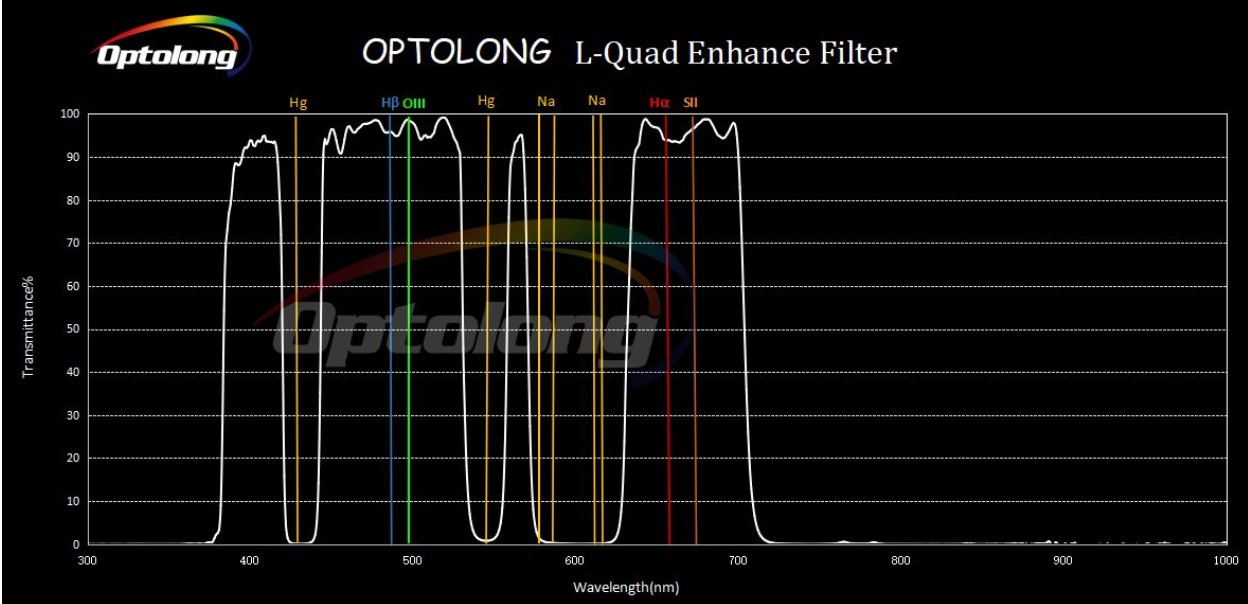
Key features:
- Cuts light pollution from mercury and sodium lamps and produces a beautiful broadband image with minimal color dominance;
- Signal to Noise Ratio (SNR);
- IR cut-off close to 1000nm, reducing the effects of IR noise;
- L-QEF has more than 90% transmittance of nebula emission lines in H-Beta/OIII/H-Alpha/SII, with cutoff depth from OD2 to OD4, thus providing significant increase in light pollution resistance. L-QEF is good for night sky from Bortel 1 to Bortel 7 levels; (Bortel 8, Bortel 9 environments is not recommended, kindly chose Optolong other narrow band filters, 3nm, 7nm type filters are available);
- Suitable for a wide range of deep sky targets: covers most nebulae, galaxies, star clusters, reflected and emitted line signals astronomical objects with higher contrast and rich details, maintaining excellent color balance. L-QEF is superior to other filters of the same type.
- The Optolong L-QEF is a new filter more selective than the famous Optolong L-Pro .Here we will show you the transmission graph, which is always essential to understand the characteristics of a new filter for astrophotography.
2.Spectrum and characteristics
- Substrate: Optical glass
- Thickness: 1.85 mm
- FWHM: Quad Bandpass Filter
- Blocking range: 300-1000nm
- Blocking depth: OD2-OD4
- Surface quality: 60/40
- Transmitted wavefront: RMS λ/4
- Parallelism: 30s
Based on the characteristics of the emission lines of celestial bodies and the emission lines of light pollution, the L-Quad Enhance filter effectively reduces the impact of light pollution and suppresses the backlight of astronomical objects, thus effectively enhancing the contrast and details of celestial bodies. Using the L-QEF filter can help you save a lot of time during the shooting process, while obtaining incredible results.
Comparison between the two transmission charts.
As you can see, in the L-QEF filter the transmission has been extended from 400nm to about 380, but also in the 630/700nm area we notice a more abundant transmission .In this image, another difference from the L-Pro is noticeable: the 600nm cutoff.
The 600nm cut-off was probably designed to limit as much as possible the passage of light pollution produced by sodium vapor lamps. In the graphic above you can see them indicated with the chemical symbol for sodium Na. LPS (low pressure sodium lamp) lights emit in a narrow spectral range, typically between 580 and 600 nm.
Here we share some images of star clusters taken with the filter:
In the images above youcan see the globular clusters: M3, M13, M19, M5, M26, M10 and M11.
All these images were taken with the zoom reduced and flattened to 0.8x, with a camera ZWO ASI 294MC Pro and the new mount ZWO AM5.
Contrast, which we see mostly in narrow band filters, is provided by what is actually blocked in the filter. The more we block, the more contrasted the remaining parts in the image will be. In this case, the cut-off inserted in the 600 nm area certainly contributes to the contrast. As for the brightness, the application of the filter eliminates about one stop.
All these data confirm the nature of a broadband filter capable of increasing the contrast of emission nebulae and with a more extensive cut-off than L-Pro to limit the passage of light pollution, especially in the 600 nm region.
For the moment we can say that it is a broadband filter a little more decisive than L-Pro. Making a more significant cutback while still trying to guarantee the passage of most of the spectrum.
3. Coating technology
- Multi-layer anti-reflective coating
- Non-cementitious optical substrate coating
- The Optolong filter adopts precision coating based on ion-assisted deposition coating technology to ensure durability and scratch resistance, as well as center wavelength (CWL) stability, which is unaffected by temperature changes.
- The planetary rotation system offers precision and homogeneity of coatings, ensuring high value in passband transmission and passband optical density.
Optolong L-QEF, a quad-band filter

